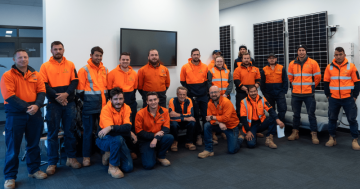
I am just hoping for some advice from other Canberrans who have some experience with installing any of the various types of roof ventilation in their home. Basically what did you pick and why, what was the cost, and was it successful?
We have a small house in a new subdivision that was built in 2012 that currently has no roof ventilation or cross ventilation downstairs due to a lack of windows. In summer, the house is like an oven and does not cool down until very late into the night, long after the temperature has dropped outside. The ceiling is insulated so we’re not sure if the temperature inside the roof cavity would actually have much impact on the temperature inside the house.
We have done a fair bit of research and there seems to be a lot of conflicting information on whether installing some kind of roof ventilation would even assist with cooling the house, and/or which type of ventilation would work best in these conditions. Most of the reviews online for the various types seem to be from people trying to sell some kind of roof ventilation so any firsthand experience would be much appreciated.




















